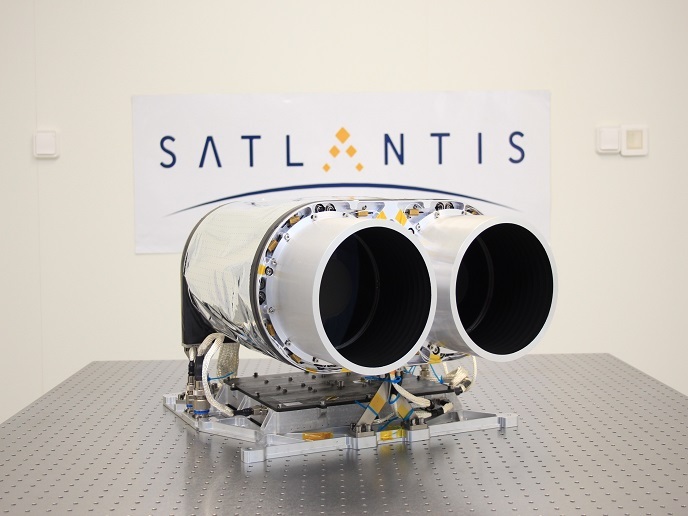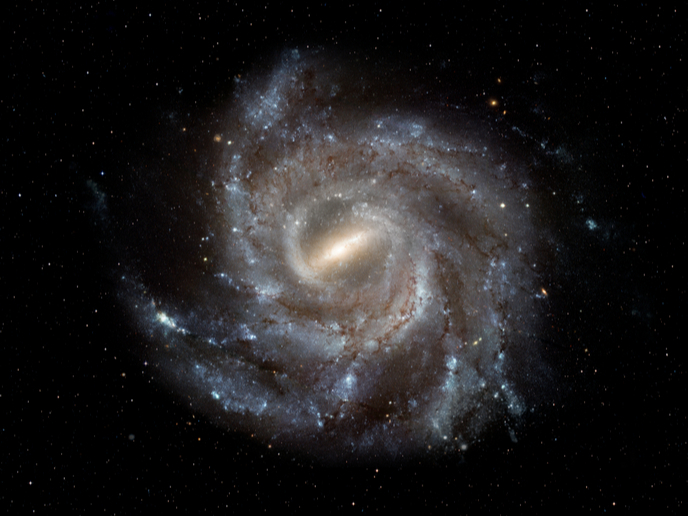Disruptive microsatellite imager captures images of less than a metre resolution
The Earth observation market has strong demand for high-resolution high-quality imaging data. However, the supply of such data is low. With EU funding of the iSIM project, SATLANTIS developed innovative imaging payload technology for microsatellites of less than 80 kg. “iSIM payloads are miniaturised optical imagers designed to achieve high spatial resolution of up to a metre. Their compact size, low mass (less than 15 kg), short delivery times (5 times faster) and decreased production costs (5 times more affordable) give it a powerful competitive edge over the latest tailor-made imaging systems on the market,” explains project coordinator María Dasí.
Tiny components that make up the imager
“The iSIM imaging payload technology beats off a key challenge that the space sector faces – the miniaturisation and standardisation of critical space components without compromising performance,” adds Dasí. These aspects greatly impact on the cost and development timescale both at manufacture and launch levels, making space data more accessible. The key components of the iSIM imaging payload are grouped into two main categories: the optomechanical subsystem, and the electronics and control subsystem. The optomechanical system is a binocular telescope consisting of two identical optical channels. Designed to maximise its optical performance in space conditions, its mass is minimised to decrease launch costs. The electronics and control subsystem combines proprietary technology with commercial off-the-shelf (COTS) components. The avant-garde electronic subsystem incorporates a powerful CPU which is in charge of the payload control, and the data processing and communication. It also consists of two state-of-the-art COTS detectors for fast image acquisition.
Key applications
SATLANTIS microsatellite imagery technology will be placed at a low Earth orbit, enabling acquisition of high-quality images and data from Space for a vast range of different applications. High-resolution optical imagery is especially useful in monitoring critical infrastructure such as oil pipelines for illegal thefts, detecting illegal or threatening activities in border regions, and assessing the real impact of natural disasters. What’s more, it can benefit precision agriculture, contributing to better management of crop production or help reveal and map plastic garbage in the oceans. The high-resolution satellite images will come at a very low cost. “Current market provides end users with multispectral images of around a metre spatial resolution at a price of tens of euros per square kilometre. Our ambition is to significantly decrease this cost, providing images in the order of cents,” notes Juan Tomás, CEO in SATLANTIS.
Technology demonstration
The launch of iSIM is slated to take place in 2020. SATLANTIS signed a contract with Space BD for the demonstration mission which will utilise the ‘IVA-replaceable small exposed experiment platform (i-SEEP)’, the exposed facility of the Japanese Experimental Module ‘Kibo’ on the International Space Station (ISS). This is the first time that a non-Japanese technology has been demonstrated on i-SEEP. Taking advantage of the ‘Kibo’ commercial utilisation programme offered by Japan Aerospace Exploration Agency (JAXA), Space BD will provide the in-orbit demonstration service to SATLANTIS to contribute to its product development as an ISS utilisation service provider. The iSIM instrument represents a marked improvement compared to traditional imagers in terms of performance, volume and cost, putting SATLANTIS at the forefront of the Earth observation payload market.
Keywords
iSIM, SATLANTIS, Earth observation, high resolution, imaging payload, microsatellite imagery, Space BD, low Earth orbit







